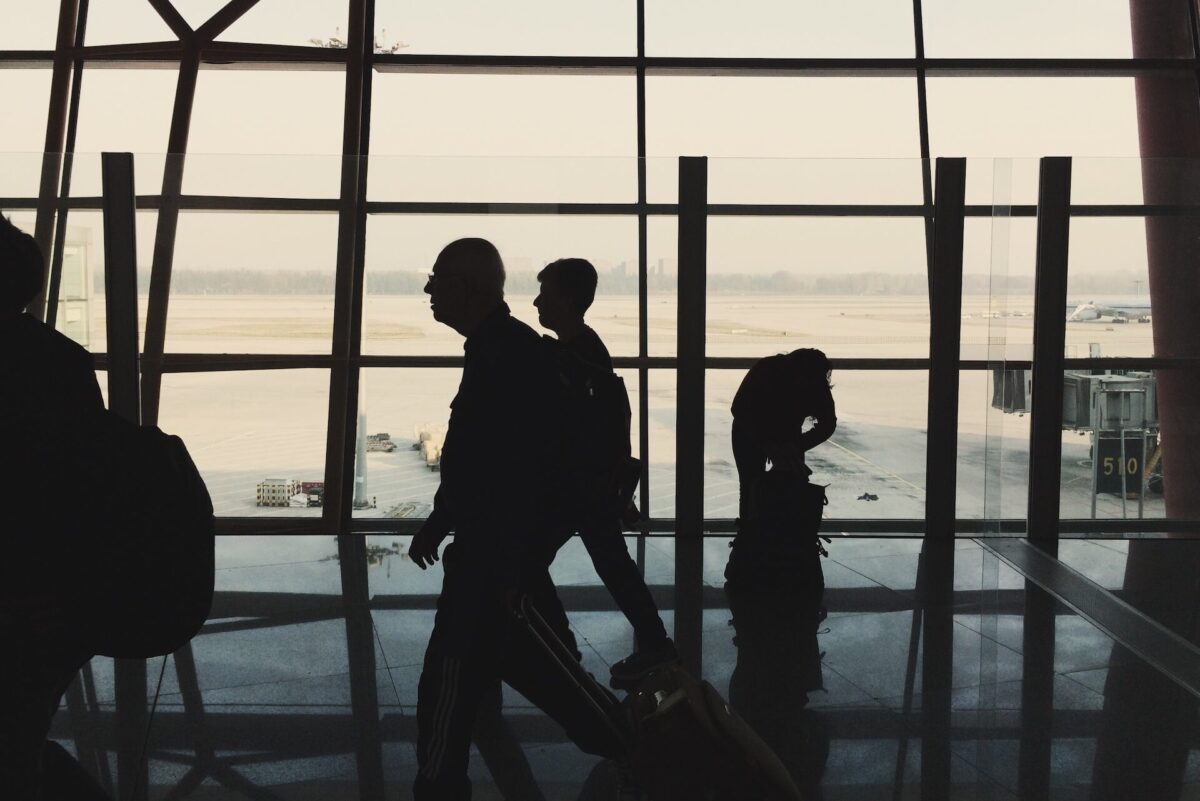Wheelchair Users Could Soon Bring Their Own Chairs on Flights

Skift Take
Wheelchair users may be able to bring their mobility device into the cabin of a commercial aircraft under a plan being developed by U.S. authorities.
“Practically everyone who uses a wheelchair and flies including colleagues of mine here at the [Department of Transportation] has a troubling story about an airline experience,” U.S. Transportation Secretary Pete Buttigieg said on July 26, the 32nd anniversary of the Americans with Disabilities Act. “Many have more than one."
“No other form of transportation — trains, buses, boats — forces you to give up your mobility device when you board,” Buttigieg said. “The same ought to be true of airlines. So, in the months and years ahead, we plan to record a new rule that will allow passengers to stay in their personal wheelchairs when they fly. We know this won't happen overnight, but it is a goal that we have to work to fulfill.”
The DOT “plans to take action,” a spokesperson said. “In the next year, the department will develop a research roadmap, building from a report on the feasibility of wheelchair securement systems on passenger aircraft by the Transportation Research Board to support future rulemaking.”
The Transportation Research Board is a division of the National Academy of Sciences, Engineering, and Medicine.
The board’s report “concluded that adding wheelchair space to planes was feasible (design and technical challenges could be overcome) but also noted that further testing was needed to understand how a secured personal wheelchair can meet the crashworthiness and other relevant safety requirements of FAA,” the DOT spokesperson said.
The pending action “shows me that [Buttigieg] has been listening to the needs of the community,” said John Morris, founder of the travel blog WheelchairTravel. “It’s something disabled advocates have been talking about for some time. I recognize this isn’t something that will necessarily happen quickly. But it should occur over the course of time."
Keeping passengers in their wheelchairs is “one of the easiest ways to ensure that an airline will never mishandle a person’s wheelchair, which eliminates the need for it to be lifted or carried or stowed in the cargo compartment, which is a space designed for luggage, not for critical medical devices or equipment,” Morris noted. “We are hearing an increasing number of stories in the media about damage to passengers’ wheelchairs. The reality is that it’s a significant barrier to accessing air travel."
Airlines have had to report mishandled wheelchair and scooter data to the DOT since 2018. Last year, airlines handled 523,306 wheelchairs, or about 1,433 per day. The DOT found that 1.36 percent of those mobility devices were mishandled, or about 20 a day. In May, the most recent month with data available, airlines carried 72,332 wheelchairs and scooters, and mishandled 1,110 of them or 1.18 percent.
Besides the possibility of damage when a wheelchair is checked as luggage, the logistics of air travel without one’s mobility device can be challenging and humiliating. “The process of boarding involves transferring from one's own wheelchair into a narrow aisle wheelchair, then into the aircraft seat,” Morris said. “The aisle wheelchair is maneuvered by airline staff or special assistance contractors.” By contrast, a passenger in a motorized wheelchair might require only minimal assistance to secure the chair in the docking station.
Several companies are designing airline seats that could accommodate passengers’ wheelchairs. One is Molon Labe Seating of Denver. It has no revenue, but CEO Hank Scott said it has the capability to manufacture a docking station that can be installed in the place of a typical narrowbody seat for between $10,000 and $12,000. The station has not yet been certified by the Federal Aviation Administration, he said, but “the structural integrity is good.”
“Airlines do not want to give up that real estate,” but securing FAA approval is apparently the most important step on the path to implementation, Scott said. Wheelchairs that go on aircraft must be capable of withstanding a crash or hard landing, ensuring safety not only for the user but also nearby passengers.
Scott said he has talked to a U.S. carrier, which he declined to name, that has expressed interest in the product. Ideally, wheelchair docking would be available in the front row of the aircraft, whether the seats or designated as first, business or economy class.
The concept for a wheelchair dock within the footprint of an existing airline seat “shows a tremendous amount of promise [and] is already used in other applications,” for example busses, said Morris of the WheelchairTravel blog.
“It’s my hope that the secretary of transportation’s statement will put the aircraft interior industry on notice that there will be an opportunity for [whoever] can best develop a solution to meet the needs of airlines as well as the disabled passenger,” Morris said.




